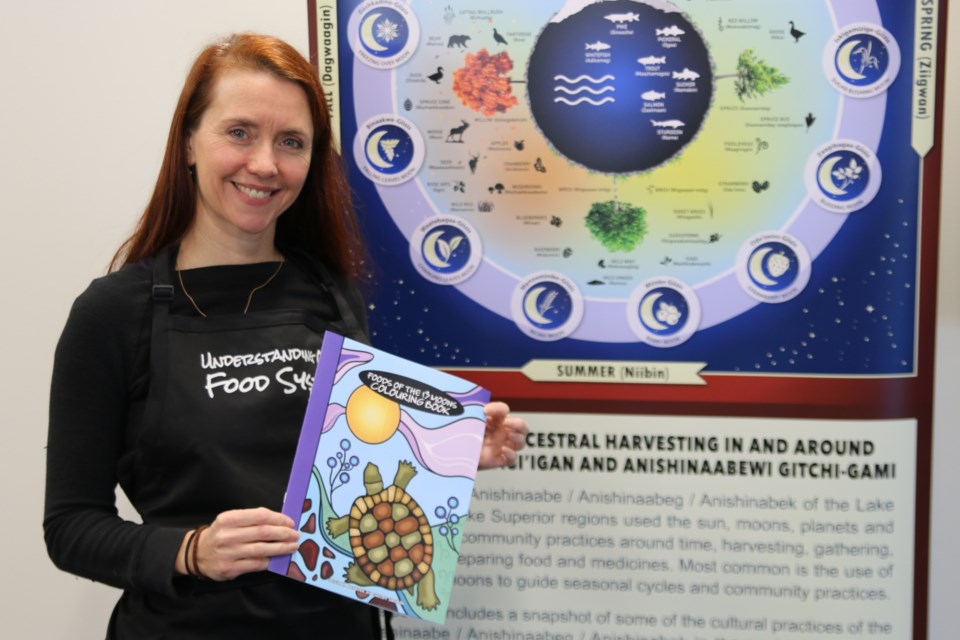THUNDER BAY — The Thunder Bay District Health Unit (TBDHU) has launched a new curriculum for 14 First Nations around Indigenous food sovereignty aligning with the traditional harvesting resource put together by knowledge keepers, elders and some of the unit’s advisory circle members.
Based on a 2022 Food Sovereignty Assessment done this year with the communities, the curriculum will run for kindergarten, Grade 1 and Grade 2 through the TBDHU’s Understanding Our Food Systems project.
“Shy-Anne Bartlett, who is an educator and a member of the Red Rock Indian Band… put together this beautiful curriculum that was then designed locally and is now available online for teachers and daycare providers or parents to use at home,” said Kim McGibbon, a public health nutritionist at the health unit.
Currently, the Superior-Greenstone District School Board, where Bartlett works, is using the curriculum after testing out the resource last year in two of its schools.
McGibbon said she is unaware of who else is using it now but explained that it went live on their website in the last few weeks, making the health unit excited for the first chance to promote it a little more broadly.
With teachers working hard and having a lot to do, she said the TBDHU hopes the more standardized curriculum will give teachers a resource already put together for them to use throughout the whole year.
“It works on this 13 moons curriculum and it talks about traditional harvesting and eating foods that are within the seasons and it walks children through this as a calendar as opposed to the traditional Gregorian calendar that we use,” said McGibbon.
“So, it’s embedded throughout the year and the teachers can take the tools. They can pick and choose what they have time for (and) what works for the age group that they’re working with.”
The curriculum also has videos with some pronunciation in Anishinaabemowin, including some pronunciation videos for the names of the moons.
With people coming from different places around the land they’re working on, McGibbon said these videos recognize and talk about respecting communities that might have different names for these moons and also learning from the elders and knowledge keepers in their area.
“In Northwestern Ontario, foods from the land and from the waters and the skies are a big part of everyone’s lives, especially the Indigenous peoples that have lived here for many millennia and have passed on those skills,” said McGibbon.
“And so, bringing those foods back for some or keeping them in people’s diets is really important and there’s so much nutritional value for getting that food, not just from a nutrition perspective but from a mental health perspective (and) an activity perspective.”
As a dietitian, McGibbon added she often talks about Canada’s food guide as one way of eating and a traditional way of thinking about food, but this curriculum is another exciting way with “lots of beautiful benefits for people to have a chance to look around.”
Under this effort, the health unit has also released a new colouring book that a local artist designed.
“If you’re familiar with Shelby Gagnon, she has lots of beautiful art around and she’s been involved in the project since the beginning. (It) was designed to work with primary school students so that they have an opportunity to colour foods that are available at the different seasons of the year,” said McGibbon.
As part of the package, she said there are also some activities, word searches and opportunities to practice Anishinaabemowin.
“I’m really grateful for Shy-Anne’s work around this and for the teachers who take it on. I’m excited to hear what they think about this new curriculum and what the children are learning,” said McGibbon.
McGibbon encourages those looking for physical copies of the colouring book to reach out to her at the health unit.
